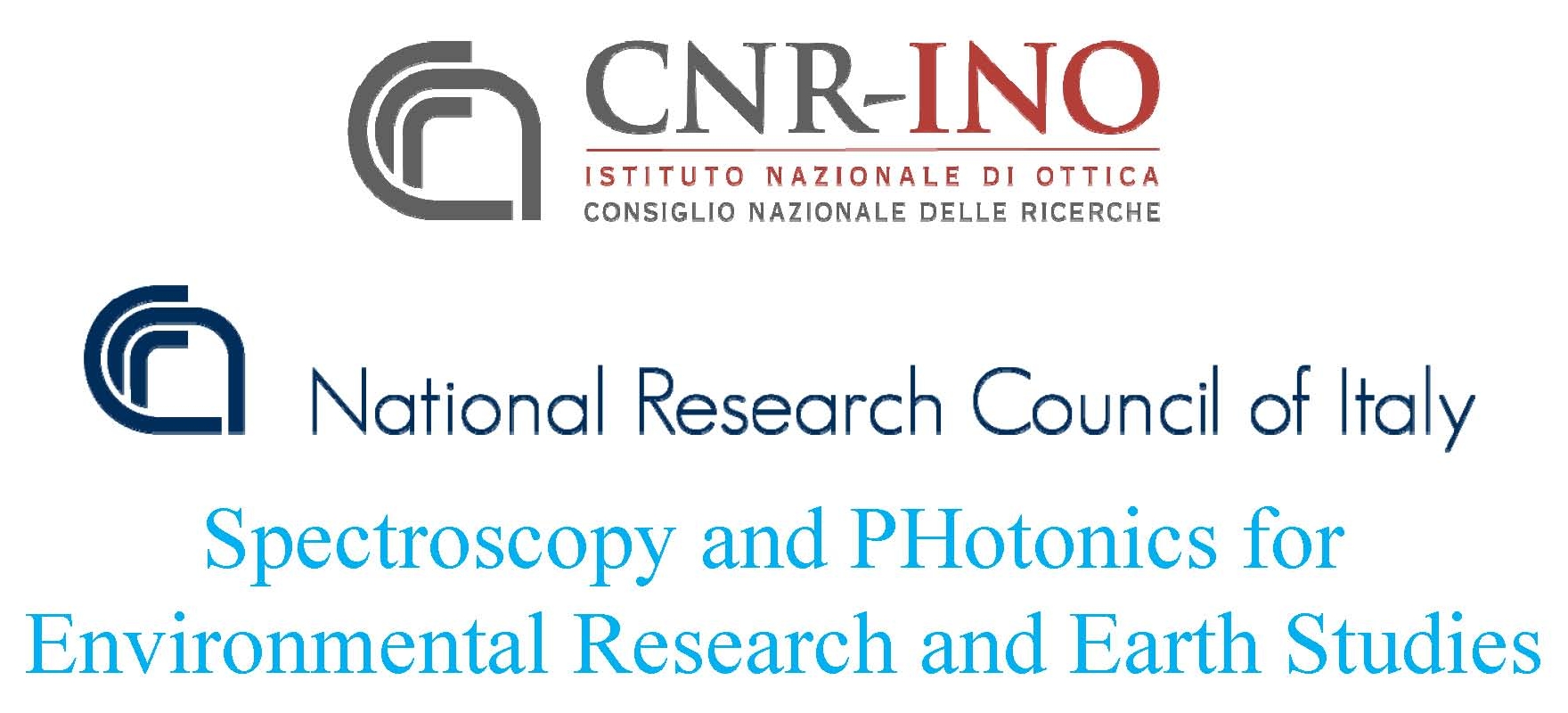COLD 2
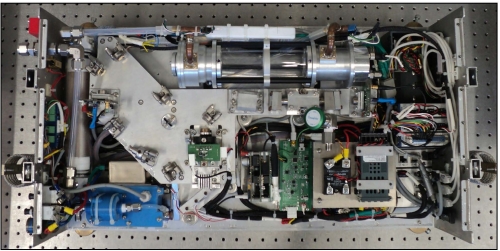
COLD (Carbon Monoxide Laser Detector) 2 is a gas analyzer, tailored for the measurement of ambient carbon monoxide from the ground up to stratosphere, where the mixing ratio can drop down to a few ppb.
It is based on the absorption of radiation at 4.7 micron, emitted by a room temperature Quantum Cascade Laser, iside a multipass cell, 36 m pathlength.
It is the evolution of the instrument COLD (Cryogenically Operated Laser Diode). In that case the laser was a lead salts laser, operating at temperatures slightly above Liquid Nitrogen boiling temperature. In the photo below, the central plastic disk is the cover of the LN Dewar.
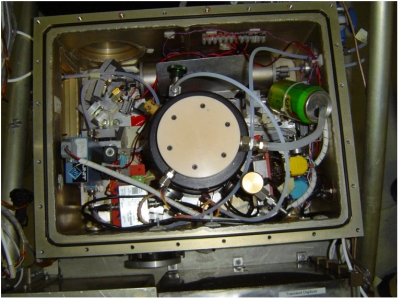
The change from cryogenic laser to room temperature laser was accompanied by a complete revision of the electronics, so that the dimensions and weight were substancially reduced.
The instrument was originally designed to be deployed onboard M55 “Geophysica” aircraft (1500 kg payload, 21.000 m ceilings height).
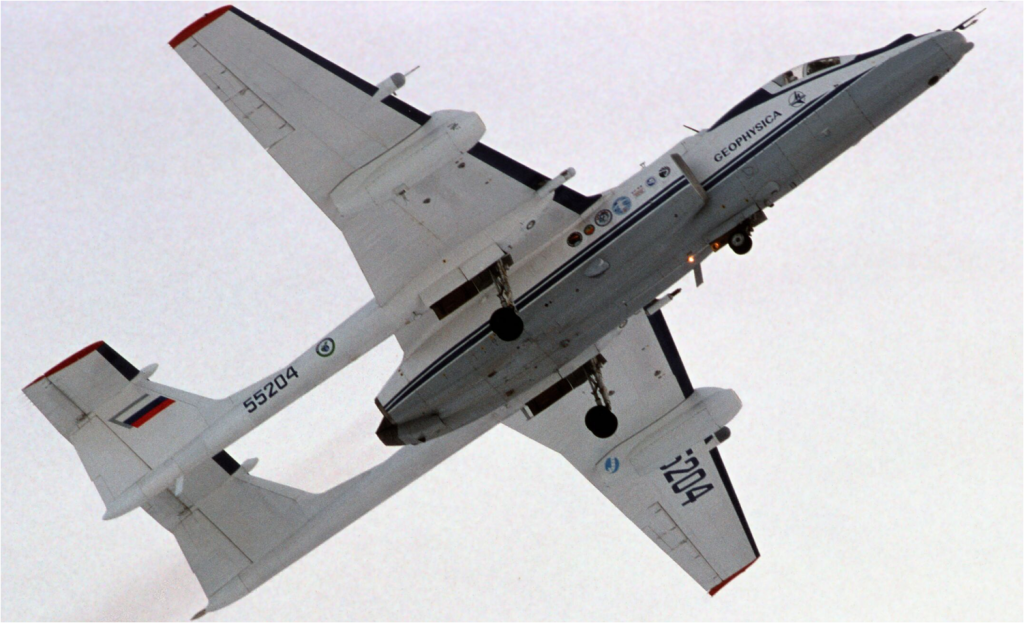
It was recently adapted to fly onboard a Zero Pressure Balloon, up to 34 km height.
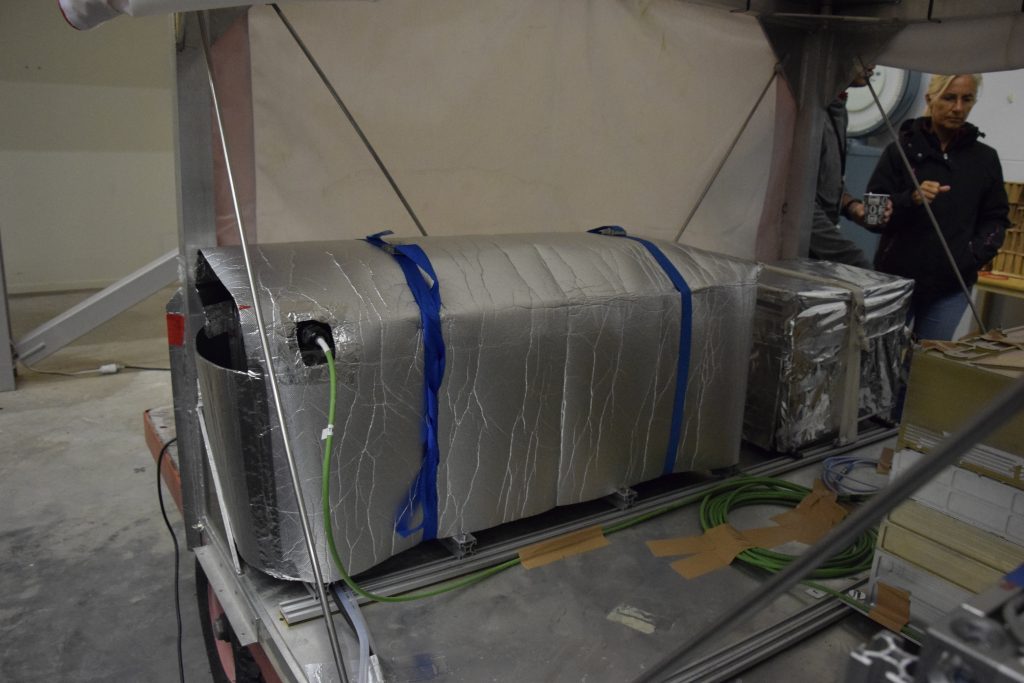
At the moment it is under restyling, in order to be deployed onboard NASA WB-57, for the ACCLIP campaign.
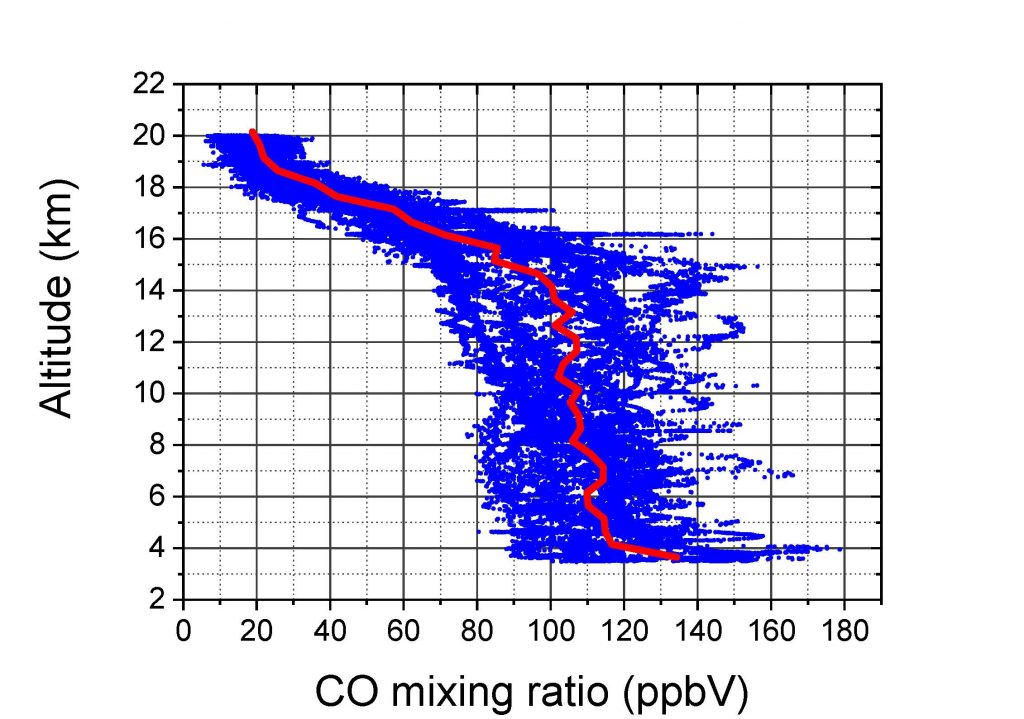
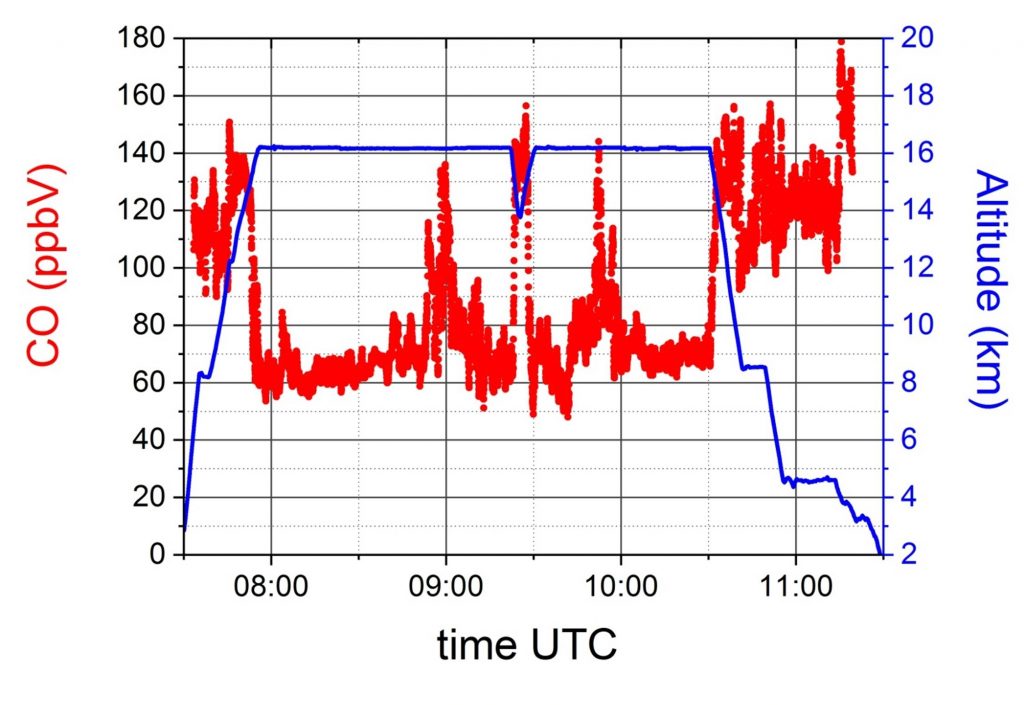
References:
S. Bucci, B. Legras, P. Sellitto, F. D’Amato, S. Viciani, A. Montori, A. Chiarugi, F. Ravegnani, A. Ulanovsky, F. Cairo, and F. Stroh: “Deep convective influence on the UTLS composition in the Asian Monsoon Anticyclone region: 2017 StratoClim campaign results”, Atmos. Chem. Phys. 20, 12193-12210 (2020), doi: 10.5194/acp-20-12193-2020
S. Viciani, A. Montori, A. Chiarugi and F D’Amato: “A Portable Quantum Cascade Laser Spectrometer for Atmospheric Measurements of Carbon Monoxide”, Sensors 18, 2380 (2018), doi: 10.3390/s18072380
S. Viciani, F. D’Amato, P. Mazzinghi, F. Castagnoli, G. Toci, P.W. Werle: “A cryogenically operated laser diode spectrometer for airborne measurement of stratospheric trace gases”, Appl. Phys. B 90, pp. 581-592 (2008), doi: 10.1007/s00340-007-2885-2
